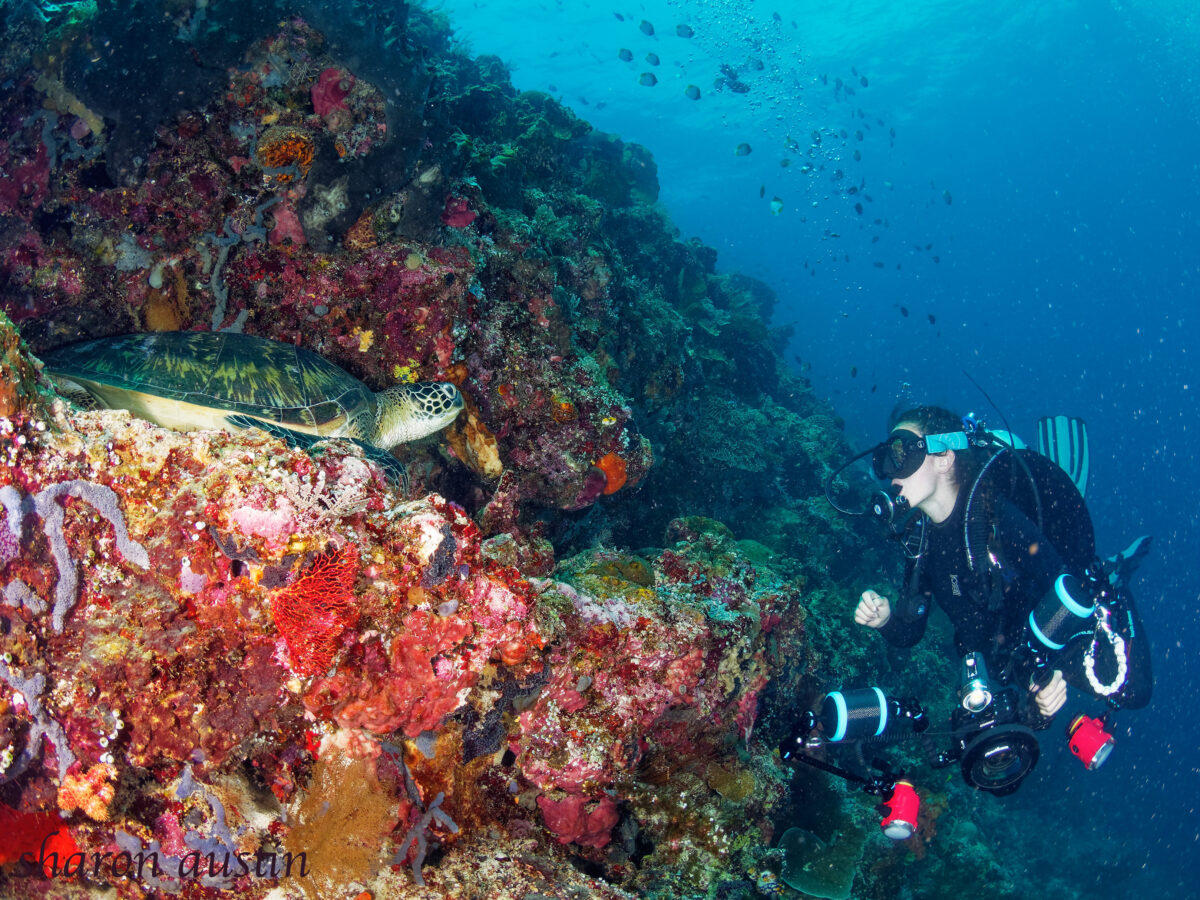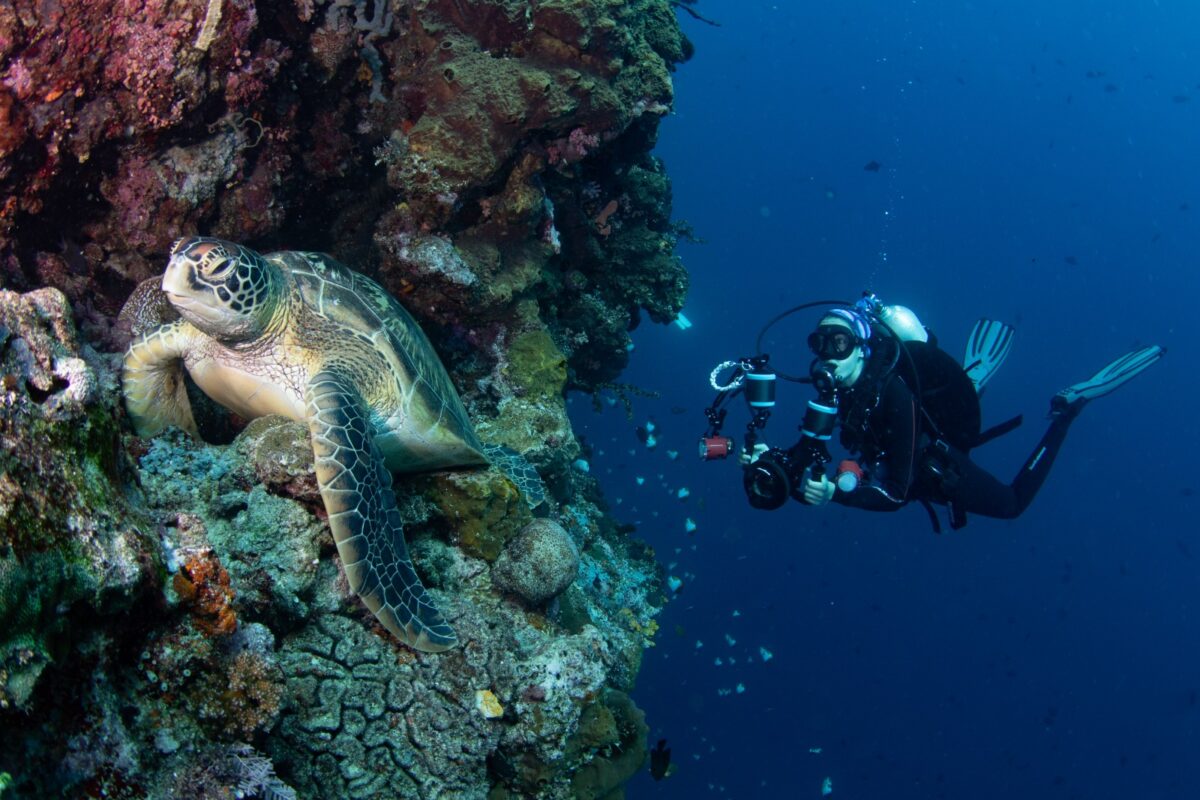
Science communication, the link between the public and academics, has been a key interest of mine for a long time. In the modern world, a central part of this story telling process is videography and photography. To this end, for the last month I took part in an underwater photography course with Saeed Rashid in Northern Sulawesi, Indonesia.
Upon arrival to Manado in Sulawesi, the welcome I received from the team at Tasik Ria resort was joyous complete with kind smiles, a welcome drink and specially prepared selection of Indonesian cuisine and importantly, a very comfy bed after some arduous travel. As I had arrived two days before the start of the photography course, I spent those days learning more about the terrestrial region in which I found myself. We explored local rice paddy feilds, Mount Mahawu Volcano, Lake Linow with it’s hydrothermal vents and constant plumes of steam rising from park surrounding it and Tomohon Market, listed by National Geographic as the ‘world’s most extreme market’.
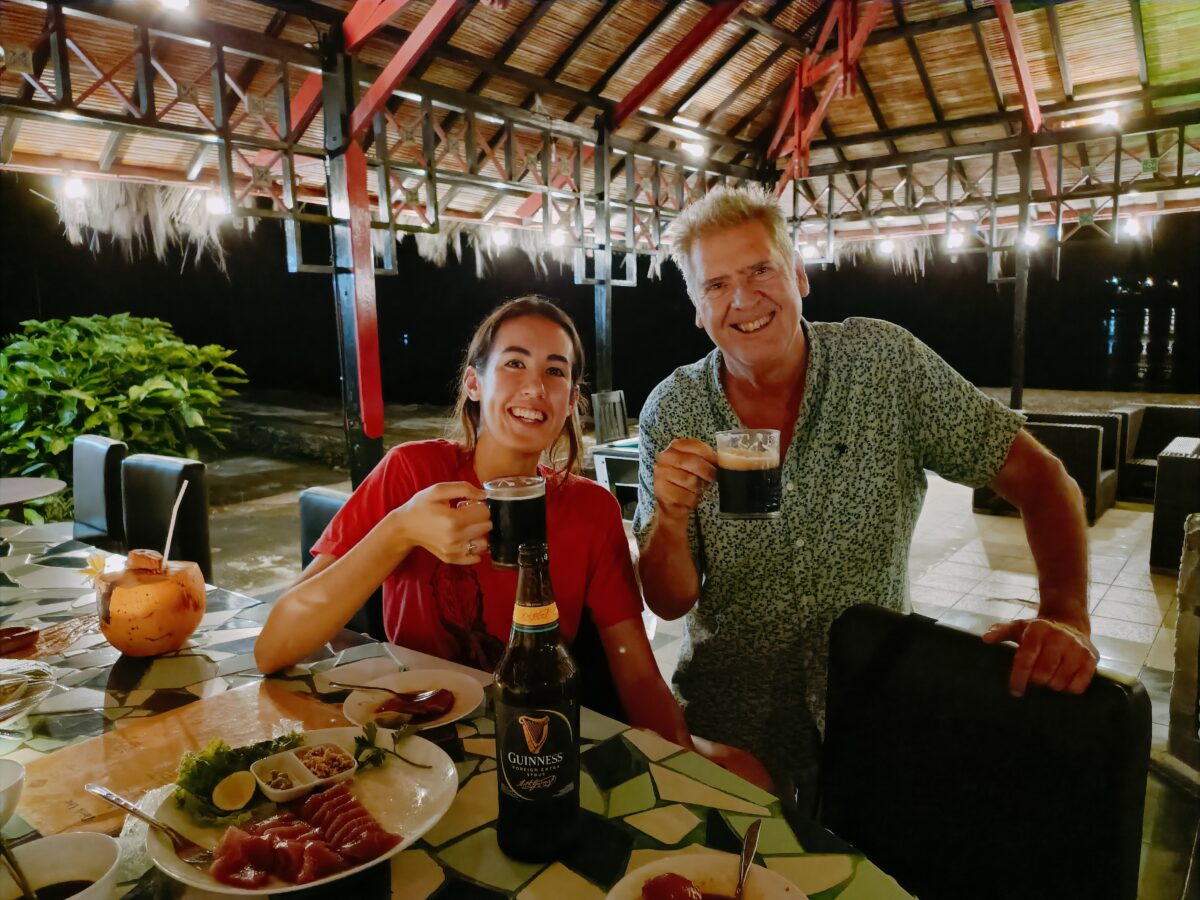
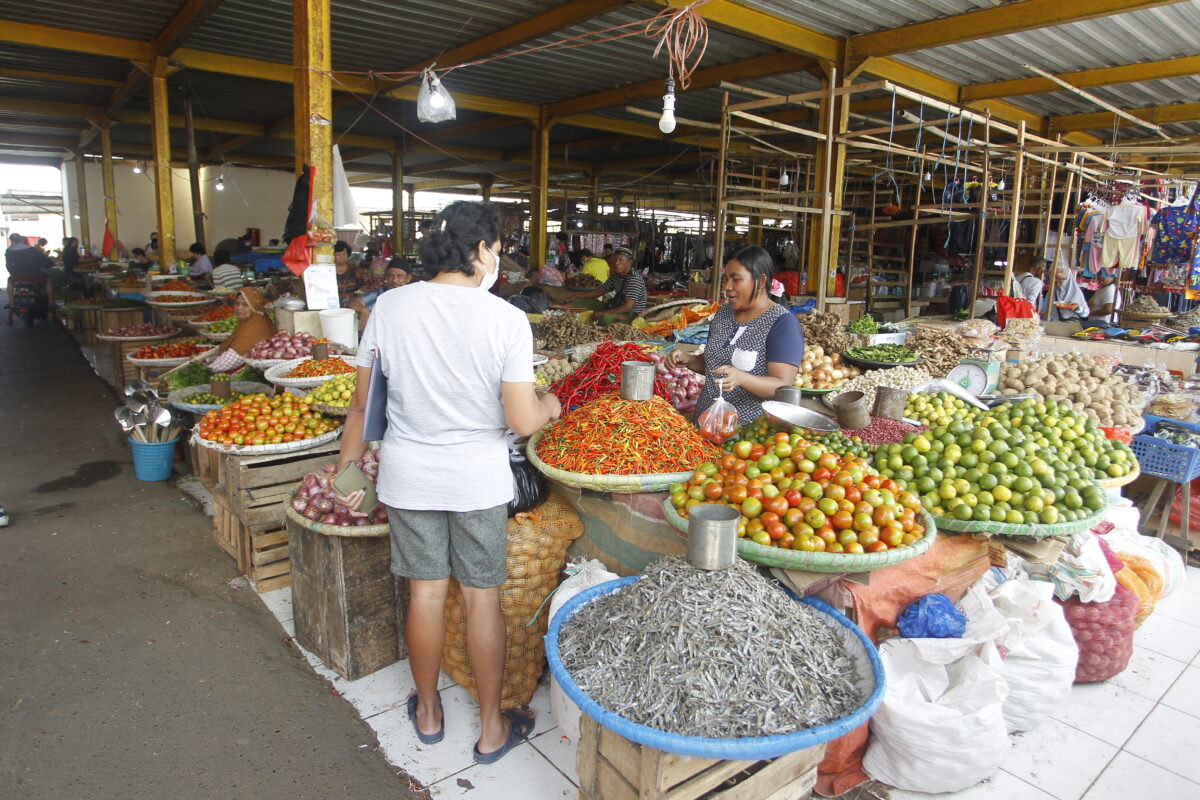
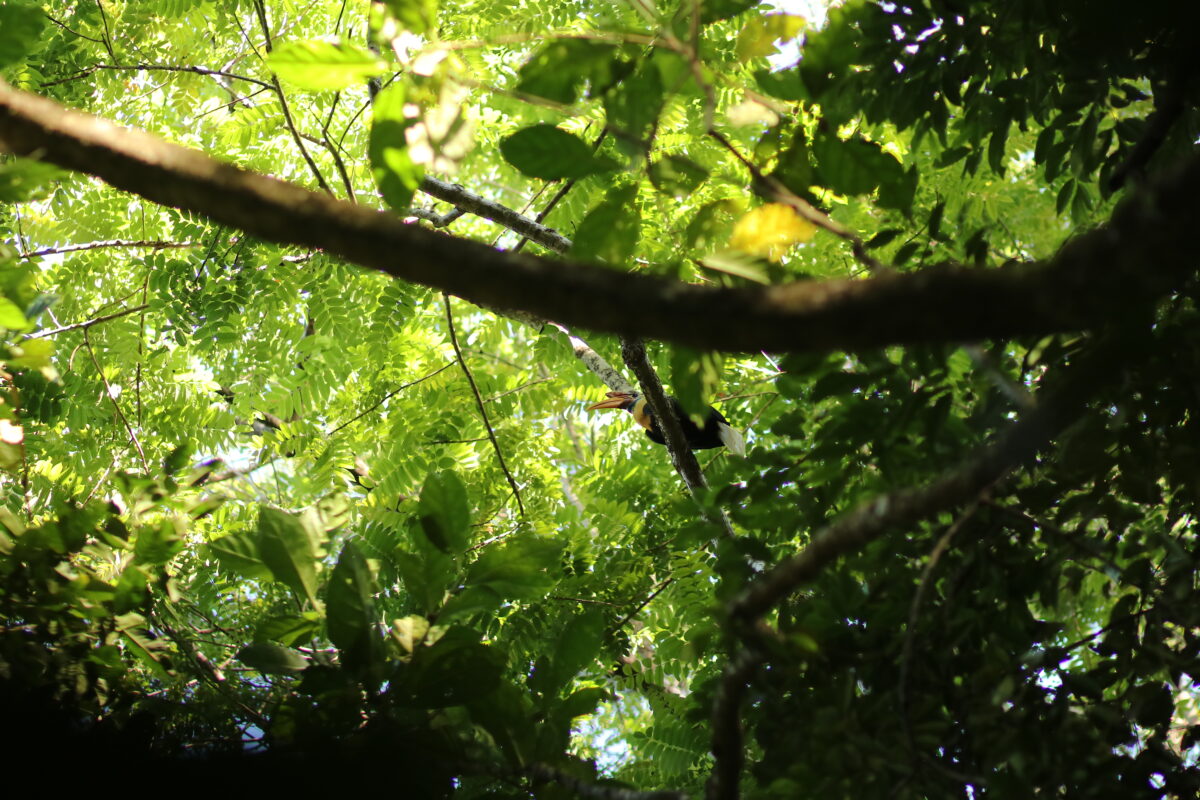
On the second day we journeyed into Tangkoko Batuangus Nature Reserve with a local ranger and we saw beautiful hornbills, charismatic black macaques and one of the world’s smallest primate, the tiny tarsier. The latter of which strikingly reminded me of baby ‘ewoks’ as they blinked awake in the setting sun from high up in there tree-hole nest, ready for a night of hunting.

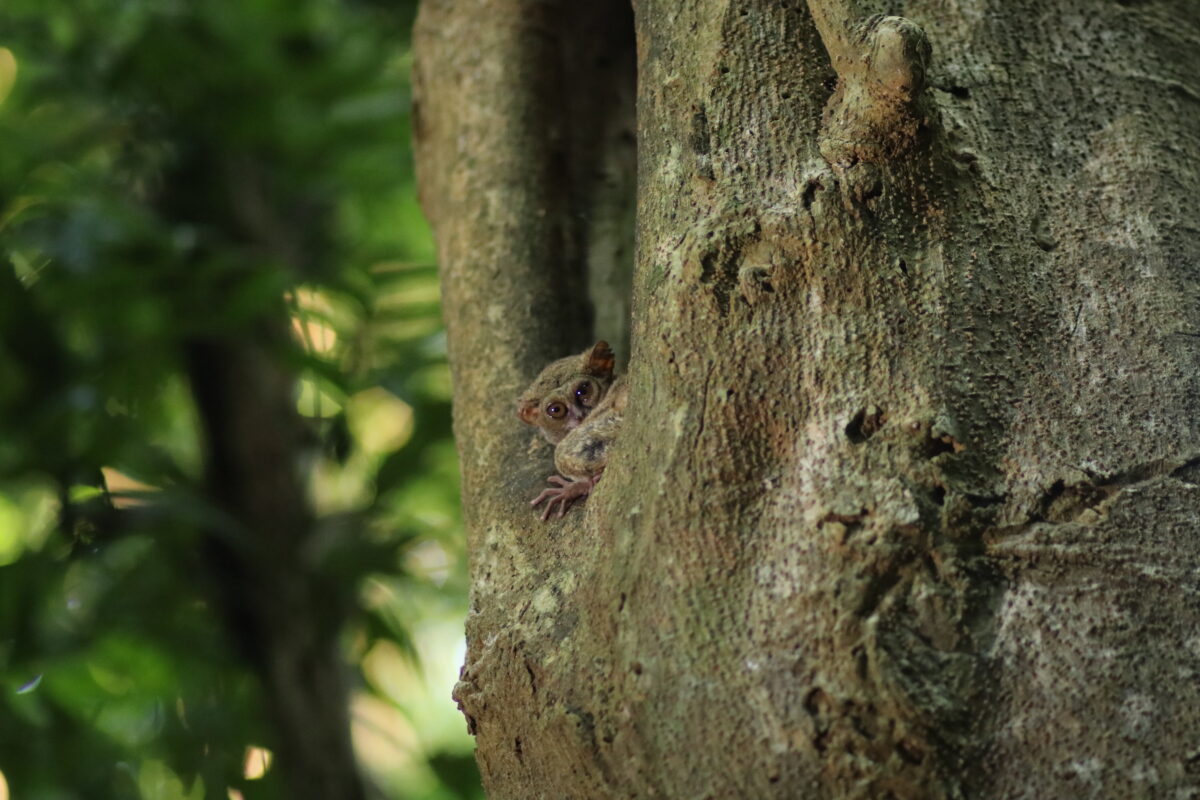
photos by Ray Rampengan
Having a better understanding of my surroundings and contextualised the culture, history and ecology of the region in which I found myself was an incredible way start to my adventure in Sulawesi. I was well prepared to begin immersing myself into my first scuba diving training of my scholarship year and learning more about how to capture these experiential learnings.
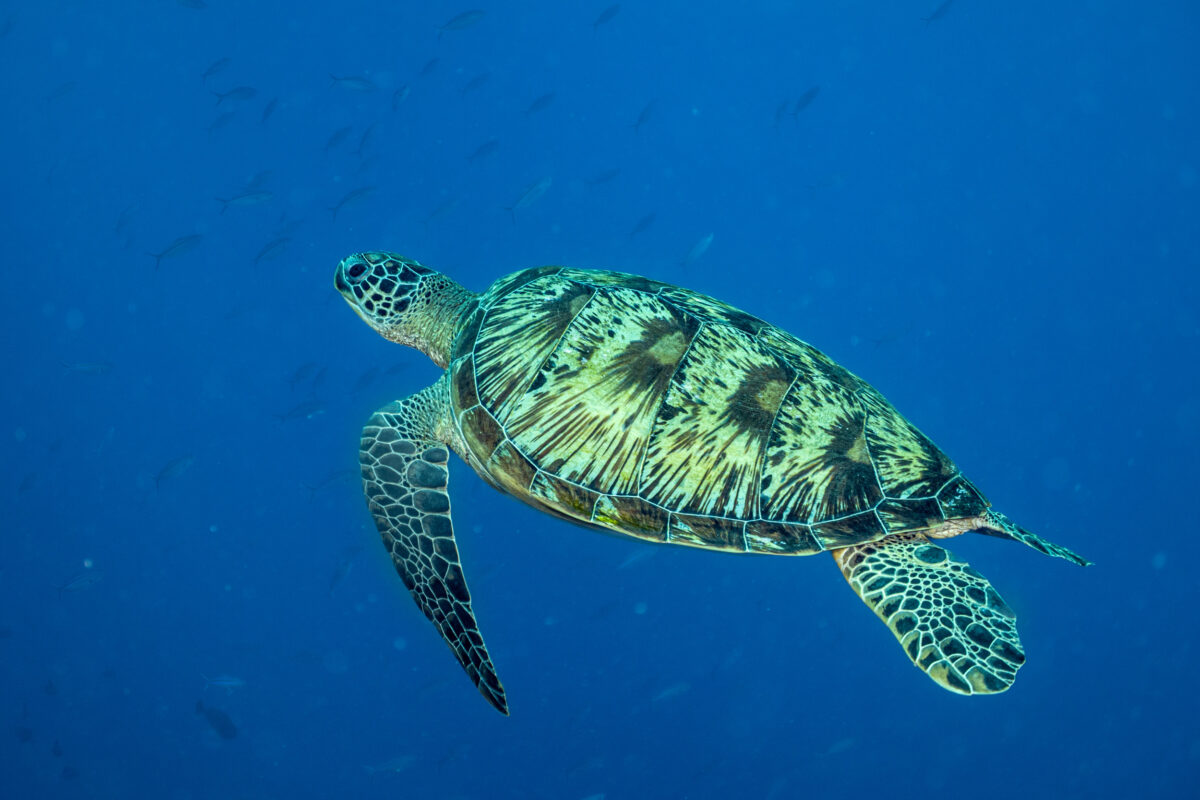
The photography course with Saeed began in the stunning marine nature park of Bunaken Island where we conducted daily coral wall dives. Much to my astonishment, the majority of these dives were filled with more turtles than could be counted. This area is one of the only widely known dive sites that has such a large constant gathering of turtles all year round. It was an honour to dive with these beautiful animals as they went about their daily lives, munching, jostling each other for the nicest perch and snoozing in ‘roosts’ among the corals. Hawksbill and green turtles were the two key species present on these dives. At one point in time, hovering near to the wall I could see five turtles asleep in different nooks and crannies and over six more swimming above and around me, it was breathtaking.
Moments like these are incredibly difficult to capture well, and for this reason we have been using wide angle lenses. These lenses give the maximum field of view for capturing the stunning sights at Bunaken Marine Park.
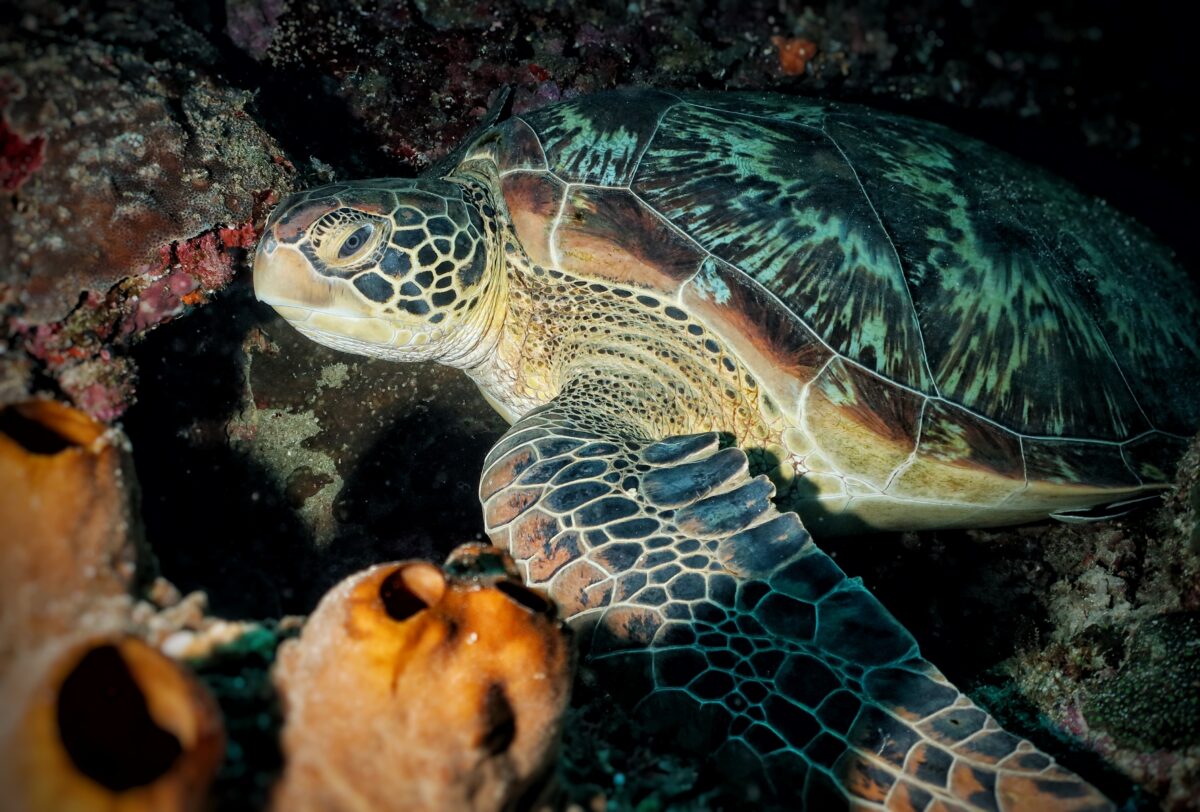
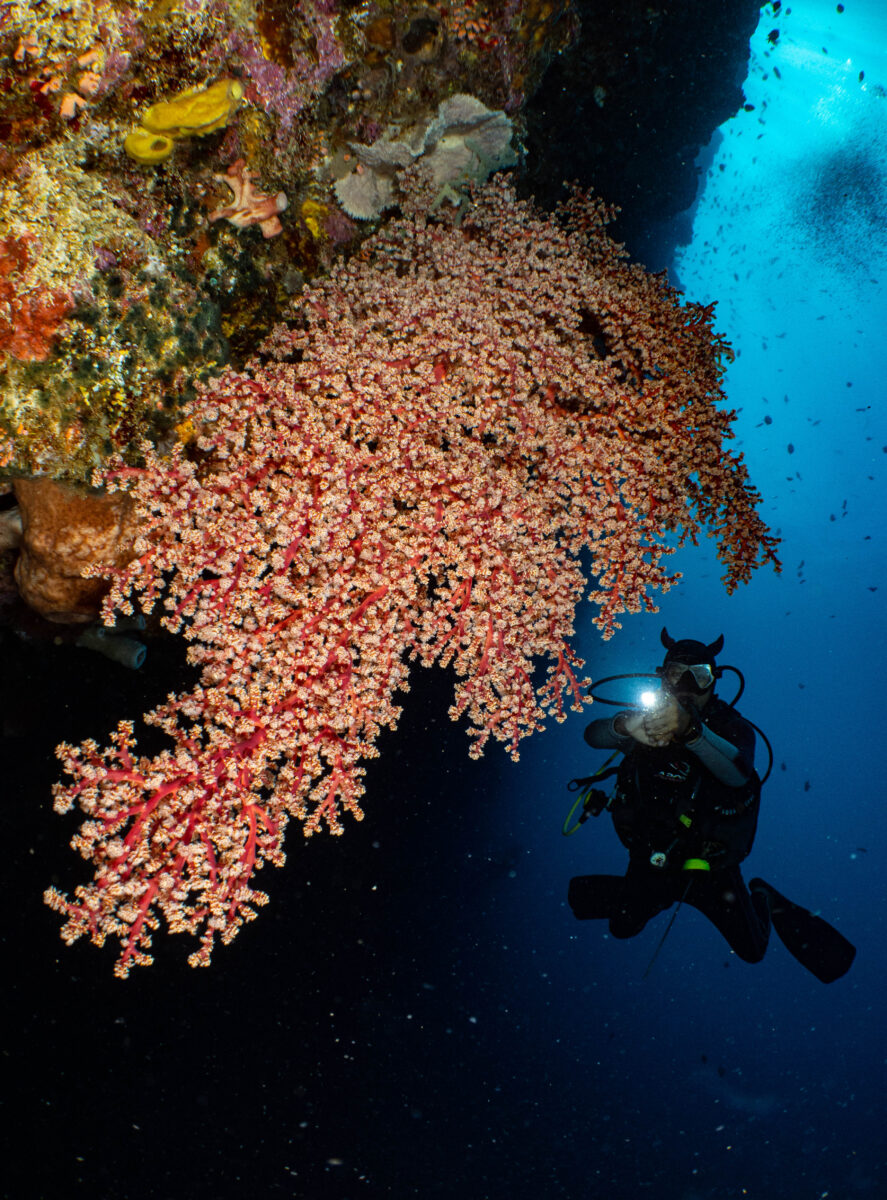
It is incredible to get to learn from the best about how to use my gear from Reef Photo and Video and Nauticam.
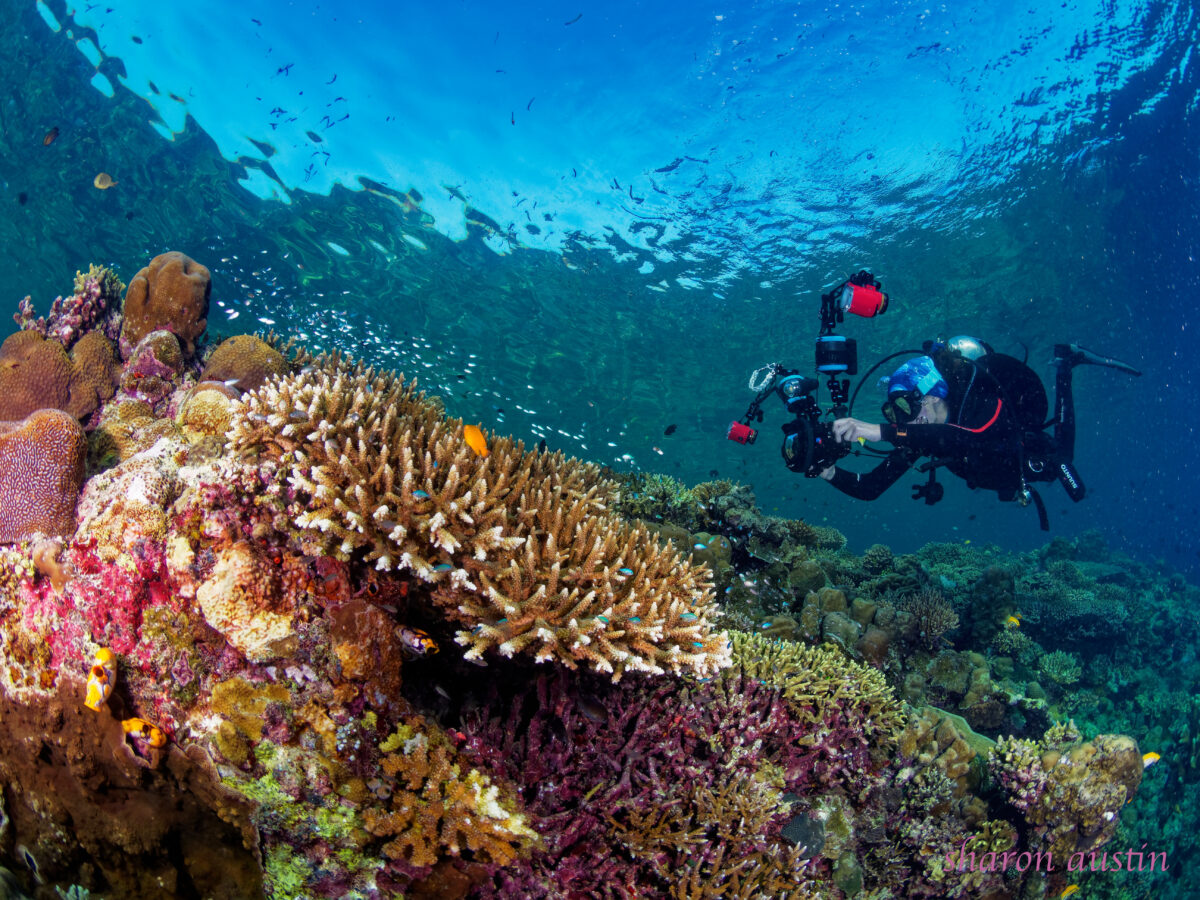
During week two, we were based in the beautiful Dive Into Lembeh, learning about macrophotography. This diving resort was a very well set up location, with designated camera set up/maintenance room and a warm bun and hot sweet tea offered after every dive. I felt extremely lucky to have been welcomed and hosted with such generosity by the team at DIL.
Lembeh is also the perfect location for the process of learning macro photography as its famous “muck” dive sites of black volcanic sand are absolutely teeming with intricate and beautiful life. We saw species that I never imagined meeting in person such as pygmy seahorses, ornate ghost pipefish, mimic octopus and a huge variety of nudibranchs and flatworms. I absolutely adored these dives, the variety of fascinating and specialist adaptations that each species had was a marvel to witness first hand.
Using the macro lens on my camera allowed me to get intimate photos of some of these stunningly beautiful critters.
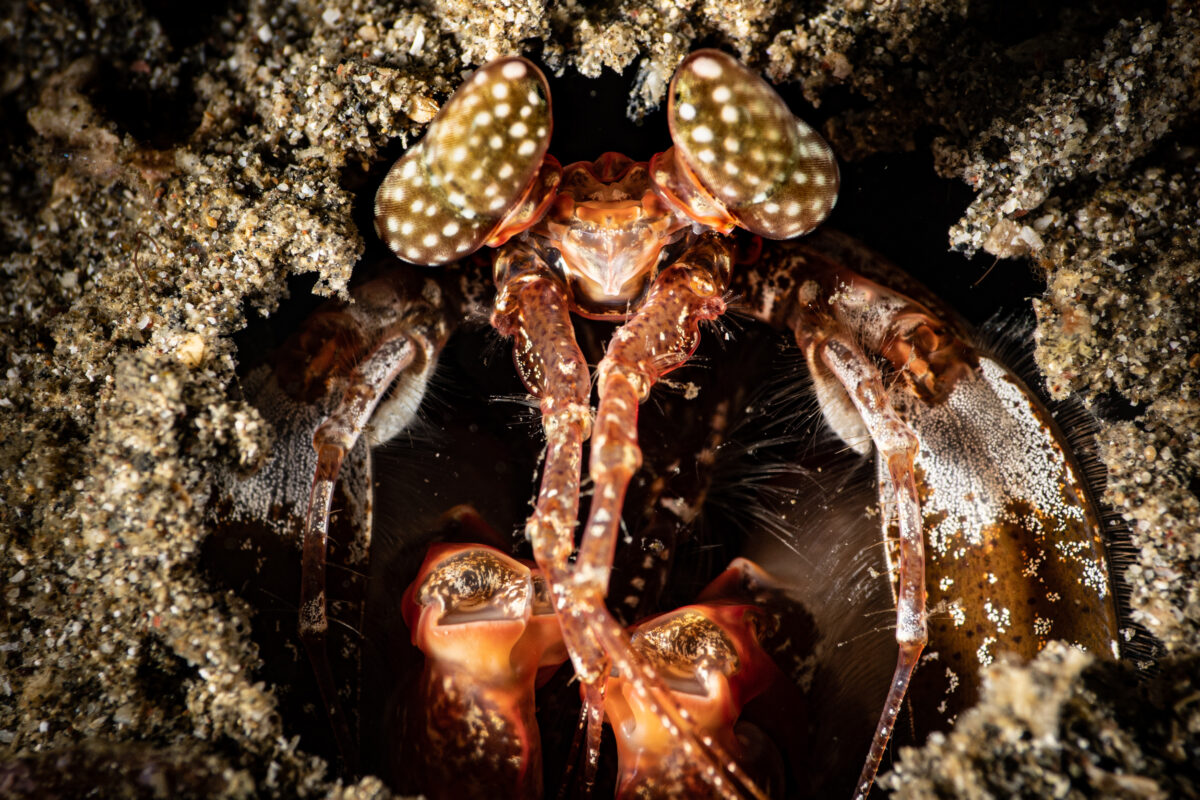
One of my favourite aspects of scuba diving has always been the magnification quality of water. How everything appears larger or closer underwater than on land. It ties in with one of my favourite fields of science, microscopy. I have found that macro photography is the perfect celebration of this, helping to capture the intricacies of marine life in the field. It fascinates me to watch these perfectly adapted creatures thriving in their natural environments; barnacles up close as they filter the water column, the swaying dance of skeleton shrimp, or the undulation of a nudibranch exploring a patch of hydroids.

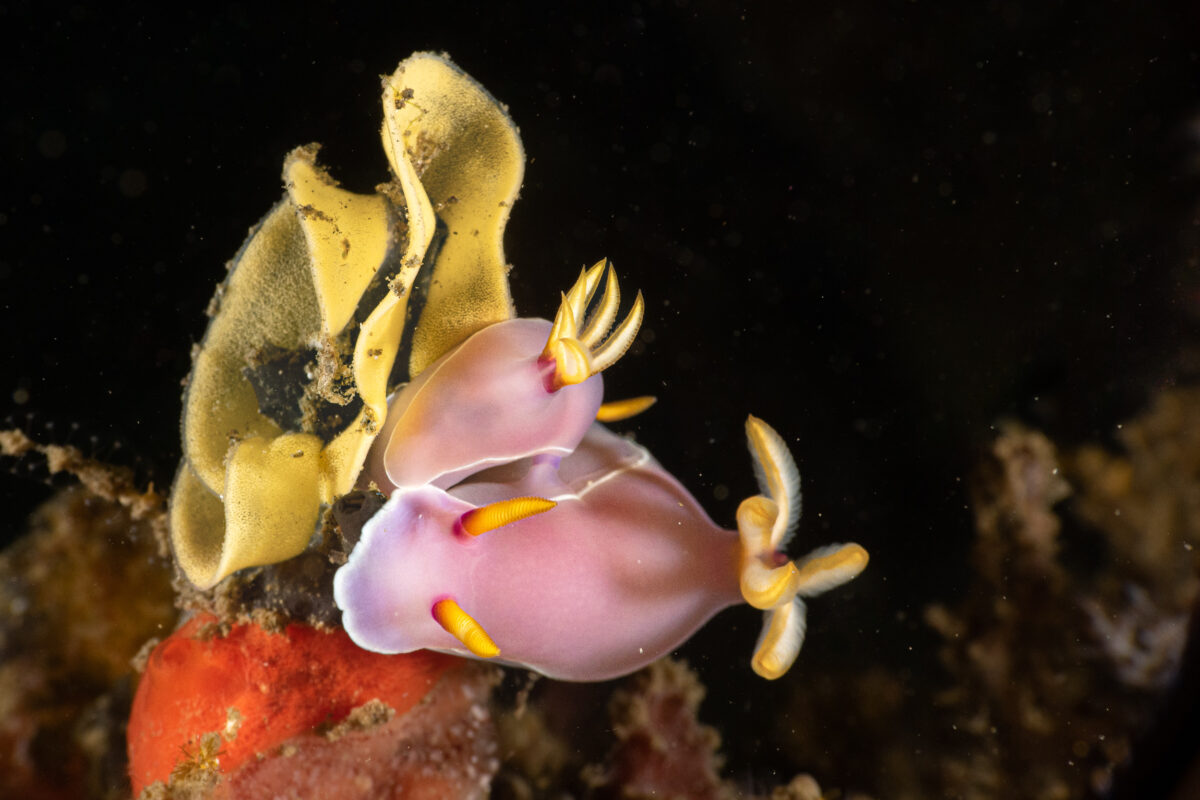
Some of my main learnings from this course were technical camera skills, learning how to balance the aperture, ISO and shutter speeds to get an intentionally lit subject matter in your photo. Using the balance of these three pillars of photography in the composition process, starting to understand the depth of vision and how I could control it myself. Also on a technical side, I was using strobes for the first time so I had to learn the optimal arrangement for them and how to avoid common problems like back scatter from appearing in my photographs.
Also when composing images, striving for good contrast between the fore and back ground it important so that the subject matter stands out and is visually interesting to look at. It was fascinating to look back on my images that I had taken while snorkelling before the course and compare them with the photos I was taking by the end of my training with Saeed. Below are two photos that were taken before and after the course to highlight some of the learnings.
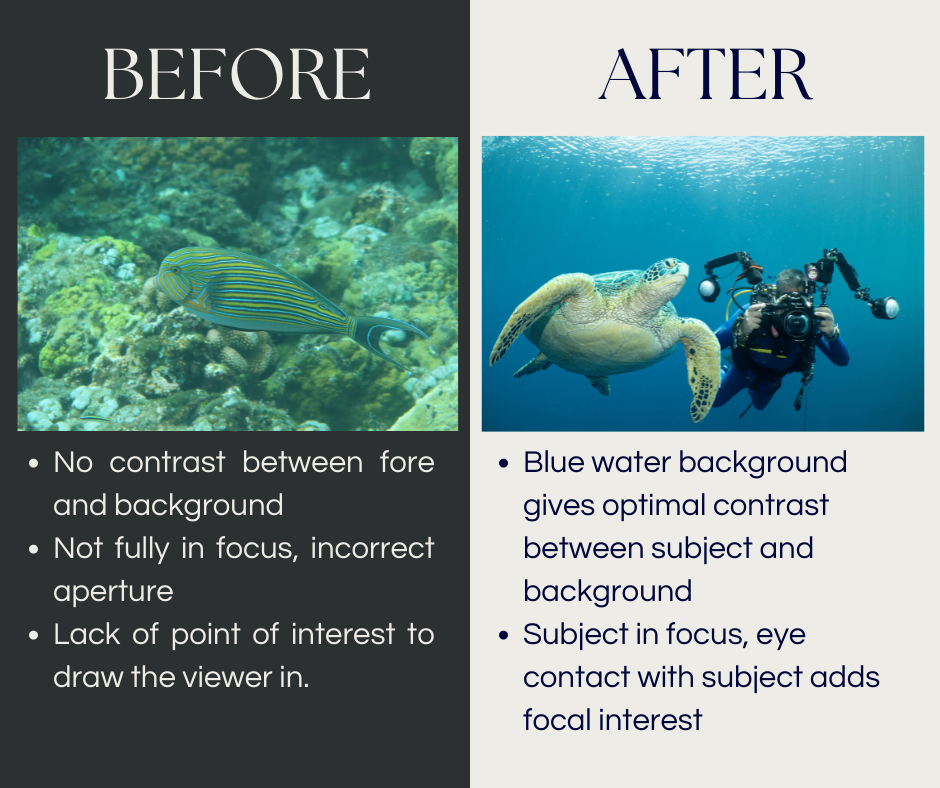
At the end of the course we were tasked with creating a portfolio of six images representing our choice of several themes that he gave us. Here are my images representing ‘Movement’, ‘Behaviour’, ‘Divers’, ‘Marine Conservation’, ‘Abstract pattern’ and ‘Portrait’, see if you can guess which image represents which theme.
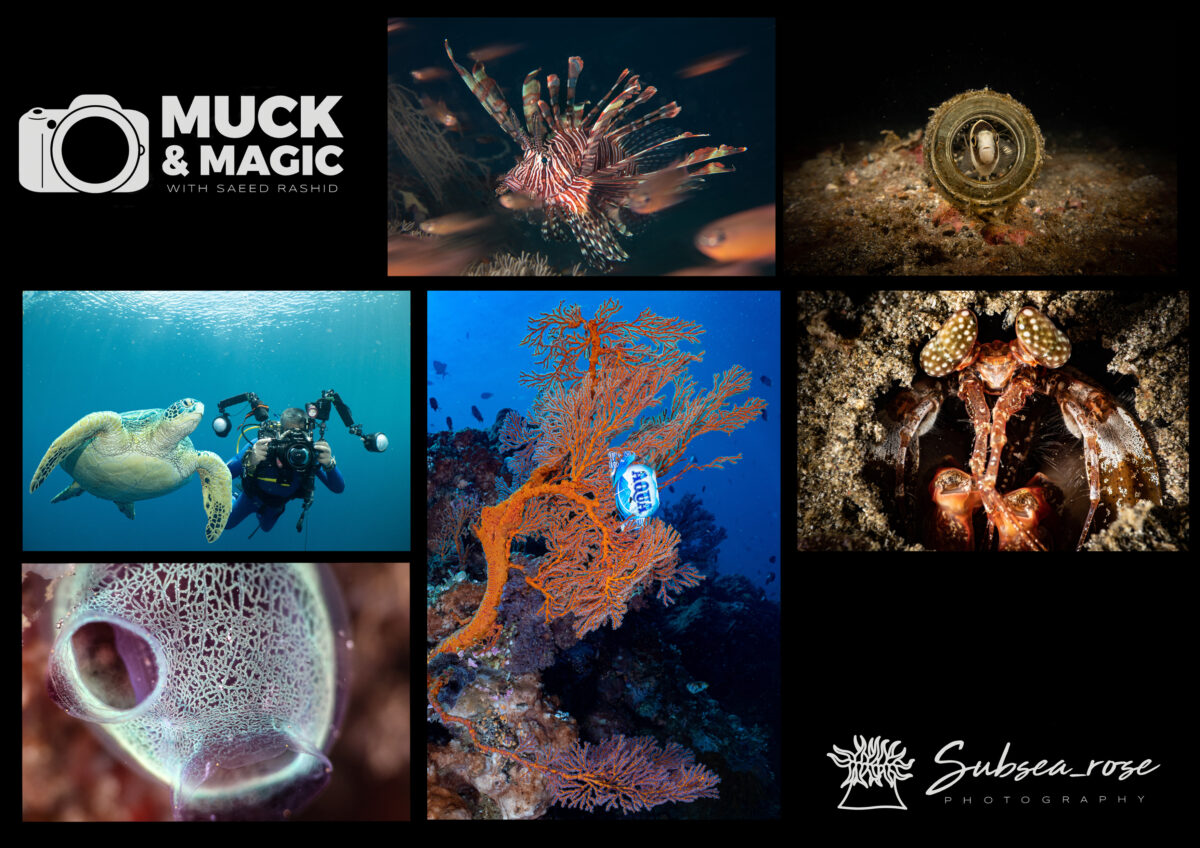
I would like to say a massive thank you to Saeed for being an incredibly insightful and encouraging mentor. During the course, he brought my knowledge of underwater photography from the absolute bare minimum to a level where I could work with composition, interesting light manipulation and begin to use this new medium to tell a story. The course itself was an absolute joy to be part of as I was surrounded by supportive and inspiring divers and fellow students. I was also incredibly lucky to have been hosted by Ray, Chika and Dan in Tasik Ria Resort for the first week and by Steve and Miranda in Dive into Lembeh over the second week and am forever grateful for their hospitality and kindness.
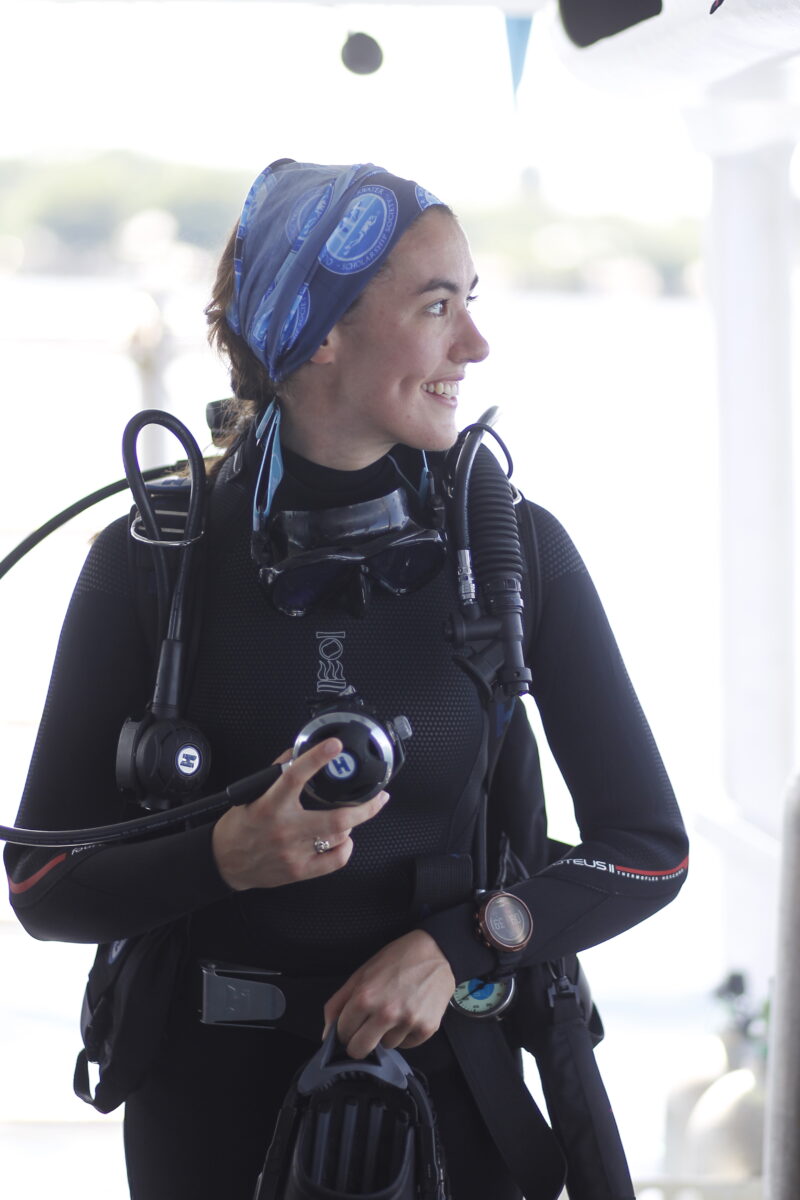
Thank you so much also to Rolex and OWUSS for making dreams come true and Fourth Element, Suunto and Halcyon Divesystems for making sure I am well kitted out along the way. A special thanks also to Reef Photo and Video and Nauticam for sponsoring me with the incredible underwater camera set up that has enabled me to follow my interests in marine science communications and storytelling through the lens of diver.
